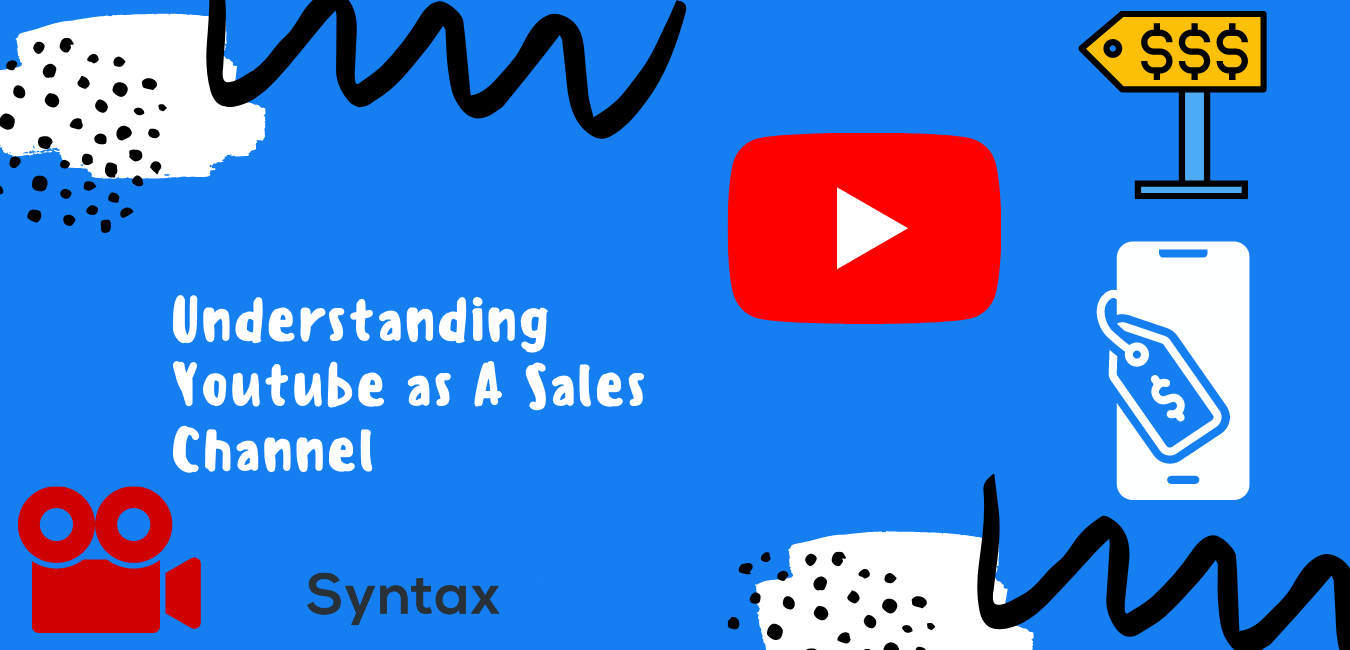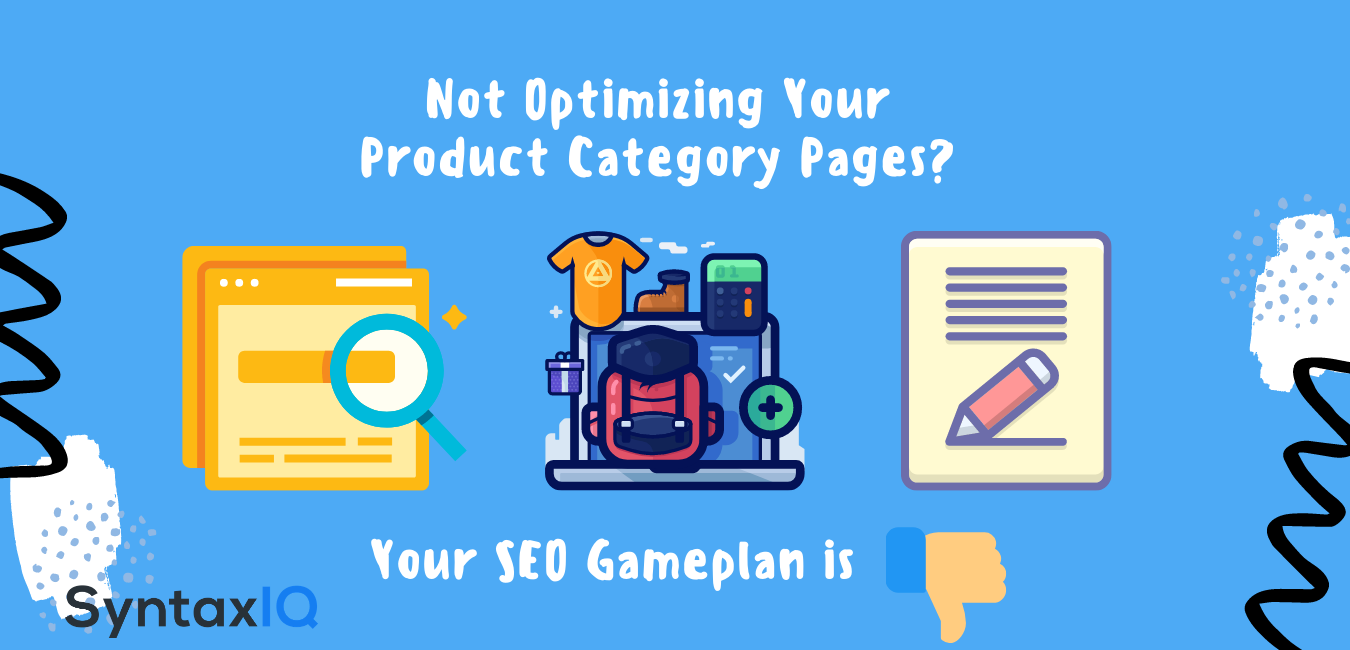Writing Rules To Live By In Business
By Paul Wynter August 2nd, 2020In school, you may have learned so-called writing rules that you always need to keep front of mind. Some of those included details such as never ending a sentence in a preposition, referring to yourself (“I”) or the reader (“you”), and so on. There are many, many well-intentioned rules that you would have learned and tried to put into place when writing for business. The reality is, however, writing rules change based on your kind of writing and medium. Not to mention that many of those rules are actually outdated because you are trying to engage with customers that never learned those rules (or care about them) in the first place! So, here are the real writing rules that you should truly follow when looking to write for business purposes.
Actual, practical writing rules in business
One of the cool details in learning about this real, tested writing “rules” is that they’re actually considered to be freedom-bringing for a lot of formally taught writers out there. Instead of focusing so much on technique, they can focus more on engagement and content.
1. Write as if you’re talking to someone one-on-one: The first change with your writing is to talk to your reader instead of talking at them. The best way to do is to imagine that you’re sitting across from them and having a conversation about your topic. What do you want them to know? What kind of language are you going to use? What points do you really want to emphasize? Your customer will always read your content as a conversation, anyway, so keep this front-of-mind when writing everything.
2. Use contractions and (some slang): GASP. Yes, contractions are okay to use in business writing! You’ll want to make to make sue that you don’t overuse them or use any strange ones that may give readers pause (“shouldn’t’ve”, for instance), though. Using contractions as well as some slang (“okay”, “yeah” or “yup”, etc) is going to help you really connect with your reader and also keep it conversational and accessible. You’ll be using a comfortable tone and language and it will keep you from sounding like a stuffy overpaid corporate suit.
3. Go for those short-and-sweet paragraphs: Paragraphs are works of art, especially, as a writer, but you’ll want to remember that most readers get intimidated by walls of text. Keep your sentences and paragraphs short and sweet as much has possible. If you have an option to do a one-line paragraph, do it. Bonus points if it’s a one-word and one-line paragraph. These details keep the reader happy and also will make sure that they actually read all the way through the content without getting overwhelmed, zoning out, or going somewhere else!
4. Always be authentic and say what you mean: If you don’t believe what you’re saying (even if you’re being paid to do it), you shouldn’t be saying it. You need to be authentic about your message and use the words that you want to use in everything that you write. If you’re uncomfortable it’ll come up in your writing and your reader will be able to tell, even if they don’t entirely know what or why. If something isn’t working for you, get to the bottom of it first!
5. Always end with a call to action: Since the whole point of your writing is to get your custom to convert from reader to buyer, you’ll want to drop in a simple and engaging call to action (CTA) at the end. Even if you think it’s obvious, it’s always a great way to help tip your reader into the “definitely need” side of things. It doesn’t have to be hidden or long. Just a simple “like what you see? Grab it before it’s gone!” sort of idea.
6. Re-read, edit, re-read again: Most business writers make the mistake of assuming autocorrect, spellchecks and automatic online assurances will get all of the mistakes. While these are all great tools to help, there’s no replacement for human eyes. Re-read your content several times and edit. Every time you find a mistake, re-read the entire content again. As many ties as it takes, edit and re-read. Since deadlines are always tighter than what would be comfortable, business writers often are tight on time when it comes to editing. Make sure you build that editing time into your scheduling because it really does make a noticeable difference — in a good way.
7. Read your content out loud: You’ve heard this one before and it’s a great rule for business writing. Read your content out loud — better yet, have someone else do it — and then use that t o catch long sentences, awkward phrasing and parts that just fall flat. It can be the most effective tool to getting every li title last detail right. Don’t have anyone to help you out? Head online to Google Translate and copy and paste your content in, selecting the audio feedback option. It’ll do it for you line by line, though monotone.
It’s important to remember that there is still a place for formal writing skills, and it can be really helpful to learn those proper ways of writing. Form grant applications to scholarship essays to life in academia, formal writing and its so-called “rules” deserve a place in your brain. However, business writing is certainly going to be a lot more freeing when it comes to how to use words and the sheer amount of control that you have over them.
Business writing rules actually give you a lot more freedom than you might have thought, but they also give you a bit more responsibility in how to use that freedom. It’s up to you to decide how — or if — you want to put it into action. Whatever approach you decide to take on these new business writing rules, they’ll make your writing skills noticeably stronger and your business writing reputation better.
Share:
Create Your Free Account
Have questions? Contact Us at [email protected]





